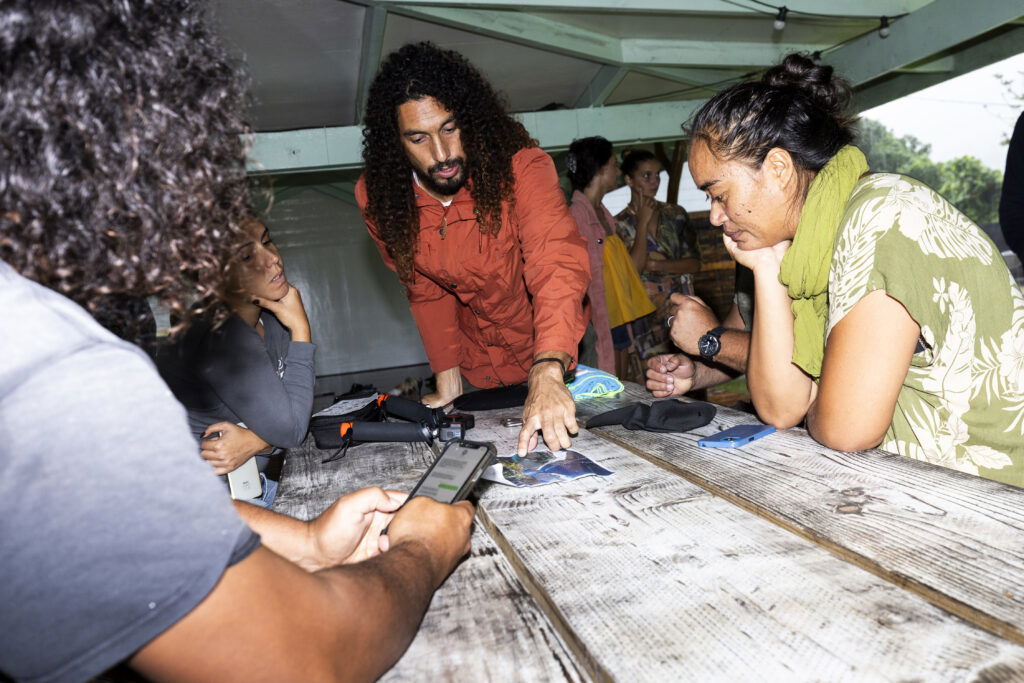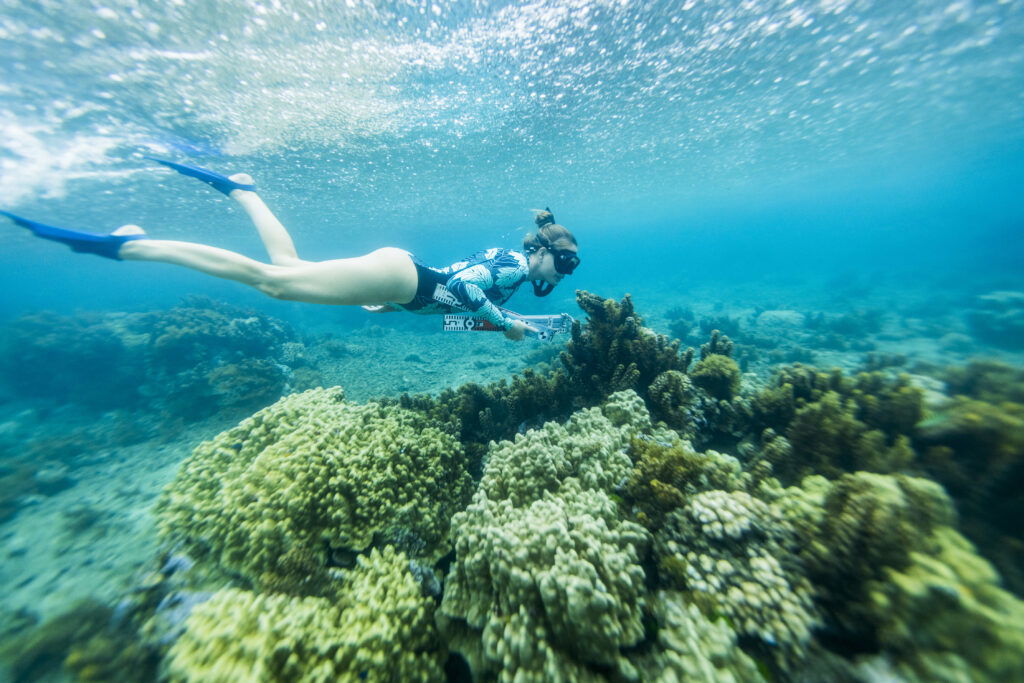Reef Scientists Wag Finger At Proposed Teahupo’o Tower As Paris Olympic Committee Plans To Resume Construction
Mega Lab scientists estimate the project could cause $1.3 million in damages to the reef at Teahupoʻo.
How much is a reef worth?
This, among other ethical questions, have been raised recently as the highly-protested Olympic judging tower in Tahiti remains in political limbo.
A group of scientists and surfers from the Mega Lab recently completed a study of Teahupo’o’s reef and determined that work from the barge path and tower construction could potentially impact 2,500 square meters of the reef and cause damage worth $1.3 million USD to the living habitat.
In turn, Meg Lab has advised the local government and International Olympic Committee not to proceed with the proposed construction of a new judging tower before the 2024 Olympic Games.
The news from the Mega Lab comes the same day that the Associated Press reported the Paris Olympics organizing committee announced it would resume building the tower in Tahiti after a brief pause amid a public outcry when a barge meant to shuttle material to build the new tower ran aground and appeared to damage the reef.
“We welcome this progress,” said Tony Estanguet, head of the Paris Olympics organizing committee.

Cliff Kapono, who has spent years learning the nuances of some of the world’s most renowned bathymetry, holds a doctorate in chemistry and is a founding member of the Mega Lab. He and his fellow scientists did a deep dive on the tower site, which sits less than 500 meters offshore from land.
The team used 3D photography technology they’ve honed at other world-class reef breaks like Pipeline and Cloudbreak. They created a high-resolution map of the reef system at the current judging tower location and the lagoon area where the reef will be dredged to transport the tower materials. The maps were analyzed with GeoSpatial tools to identify all coral colonies and living reef organisms.
The Mega Lab’s research is undergoing peer review before it can be published in scientific journals. However, these scientists, who are experts in their field, say it’s still too early to tell how the development could hurt the surrounding reef environment or the local community who depend on it.

Cliff and his team came out with some more numbers — In the 322 square meters (about the size of a tennis court) they identified 1,003 corals from 20 different species, which indicates that the site is a thriving and diverse habitat.
Not only are the organisms healthy, they are extremely valuable. The Meg Lab, using info from the Hawaii Division of Aquatic Resources, preliminary data suggests the value of this small section of the coral and algae be at least $170,00 USD.
A statement from the Mega Lab reads: “We hope the International Olympic Committee, appropriate government officials and the greater international community can see how devastating this impact will be to not only the valuable coral reef habitat but also the local community who depend on this reef for their livelihood and well-being.”














Comments
Comments are a Stab Premium feature. Gotta join to talk shop.
Already a member? Sign In
Want to join? Sign Up